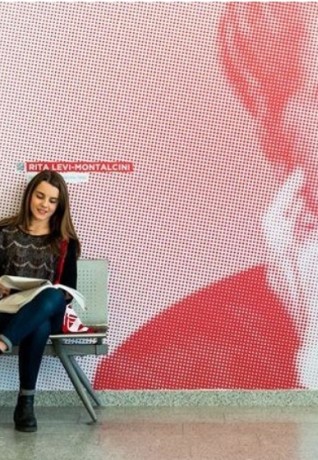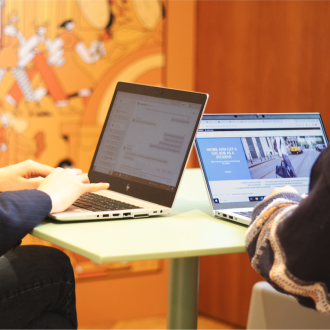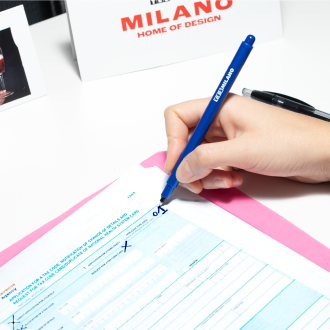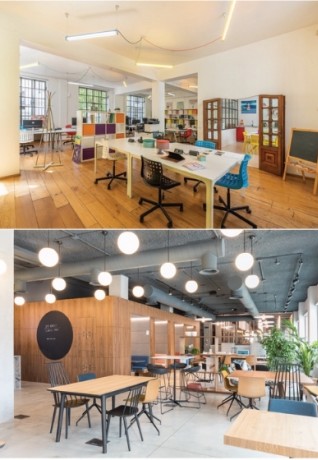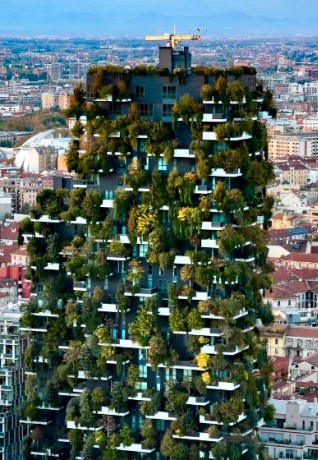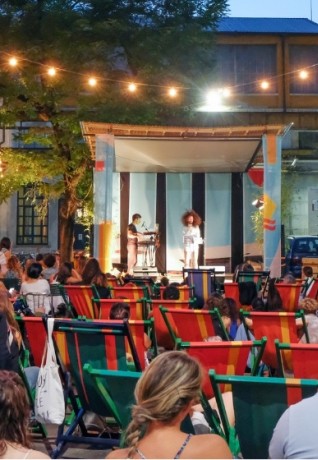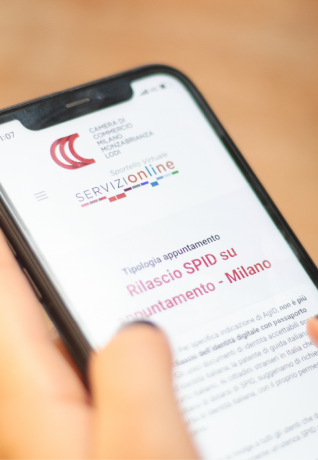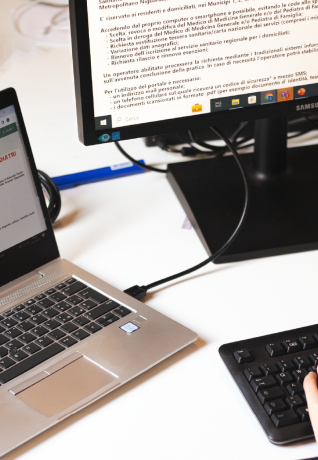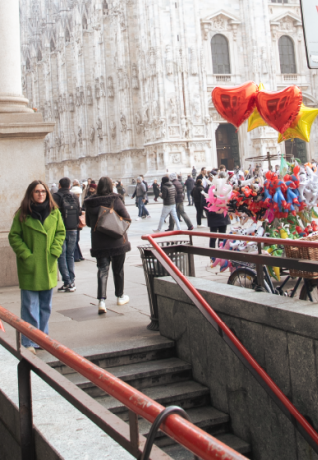This is Milano
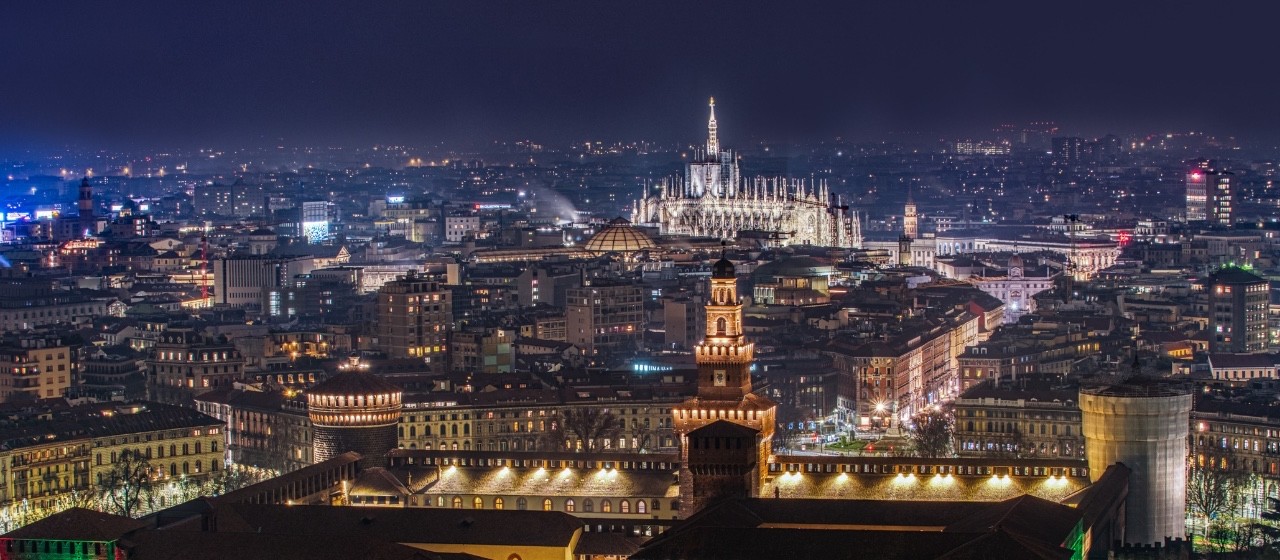
Milano has always been Italy’s gateway to Europe and the world.
It has always been Italy’s financial and industrial powerhouse. In 2019, Milano generated €144 billion in total value added, more than 10% of Italy’s GDP. Milano is also capital of the Lombardy Region, with a GDP of €397 billion (roughly a fifth of the country’s total, bigger than 18 national economies of the EU). Nearly 4,700 multinational companies have chosen Milano to headquarter their EMEA operations, with a strong concentration of chemical and pharmaceutical corporations (30% of firms in the pharma sector and 15.6% in the chemical industry).
Compared to other European business centers, the region displays the highest share of manufacturing companies carrying out R&D activities (58.6% in 2015-2017, vis-a-vis a 38% average in the benchmark regions).
World center for fashion and design, city of culture and research, Milano was for long an industrial metropolis before making the transition to information technology and services. The success of EXPO 2015, the world fair devoted to food and nutrition, has turned Milano into coveted tourist destination, thanks to its special mix of innovation, style and quality of life.
Over the last ten years Milano has undergone a profound transformation, building new urban districts, two new subway lines and the two new skylines of Porta Nuova and Tre Torri. The two main projects underway are MIND in the northwest, the new city of biotech and medical research that is being built on the Expo Area, and above all the Scalo Porta Romana in the southeast, where the Olympic Village is being built for athletes of Milano Cortina 2026 Winter Olympics along with a vast park and a residential neighborhood.
Milano's current development strategy is oriented towards sustainability and inclusion. Green mobility based on electric-powered public transportation and bike-sharing is changing the face of the city, improving air quality and liberating streets from private cars to benefit pedestrians and cyclists. The environmental turning point is symbolized by the launch of the ForestaMI, and initiative which will plant 3 million new trees between now and 2030. And the 15-minutes city approach borrowed from Paris will guarantee proximity services to all peripheral districts of Milano, ensuring greater livability and sustainability.

 Log in
Log in

